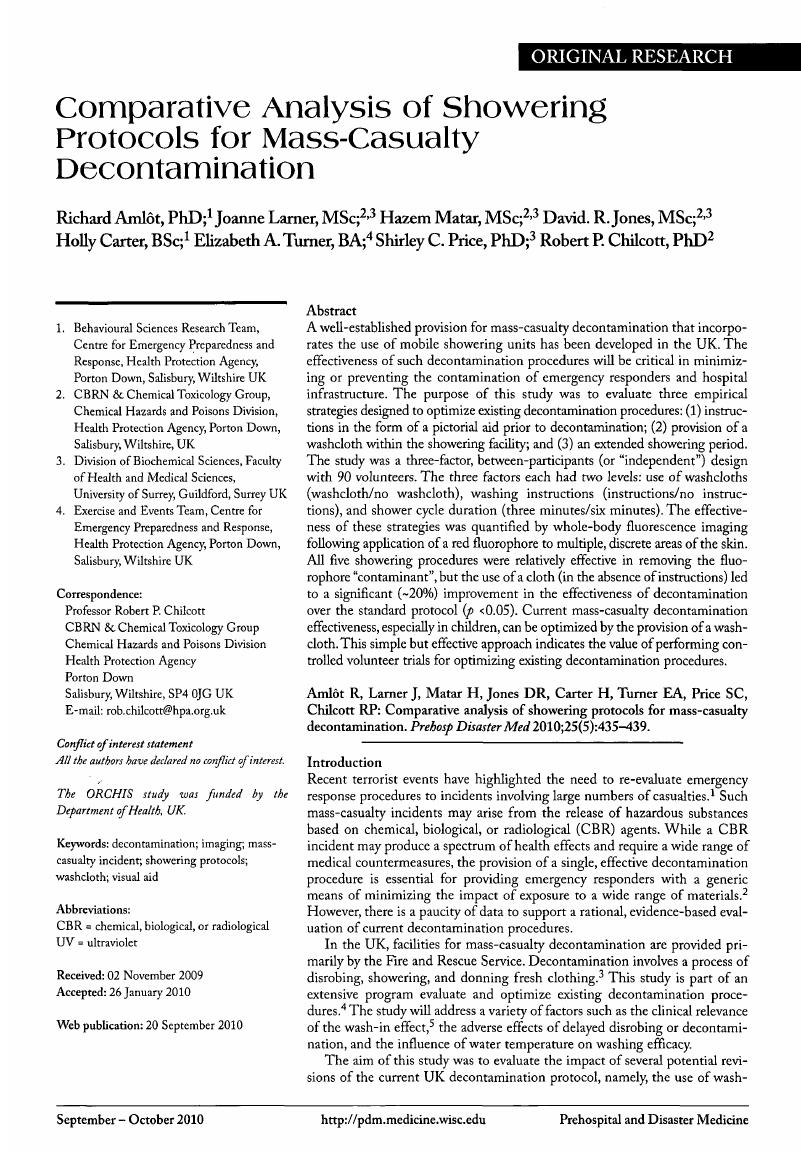Crossref Citations
This article has been cited by the following publications. This list is generated based on data provided by Crossref.
Carter, Holly
Drury, John
Rubin, G. James
Williams, Richard
and
Amlôt, Richard
2013.
Communication during mass casualty decontamination: highlighting the gaps.
International Journal of Emergency Services,
Vol. 2,
Issue. 1,
p.
29.





